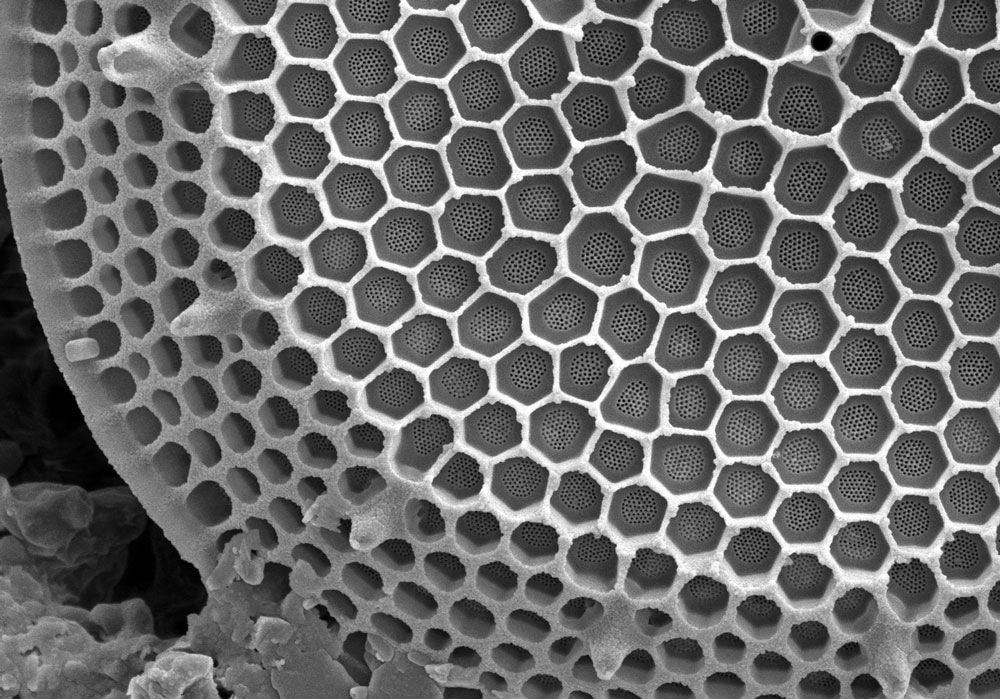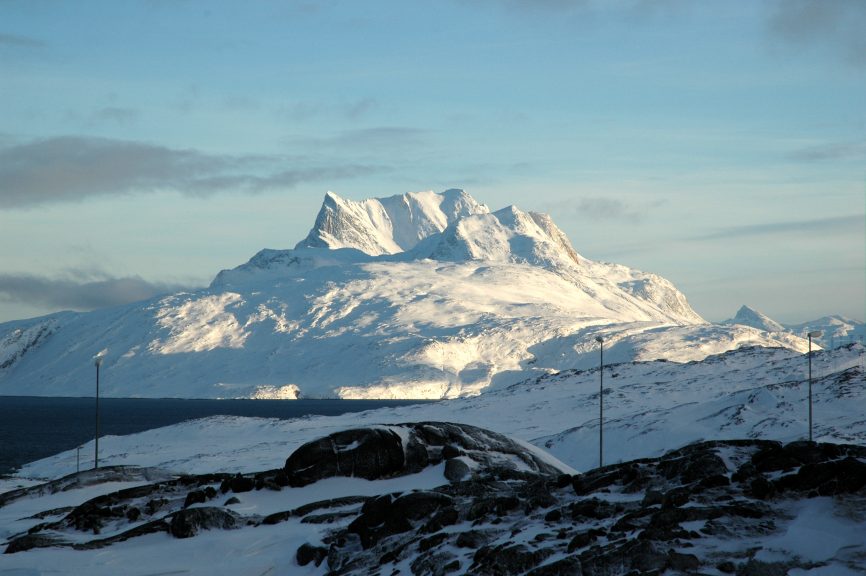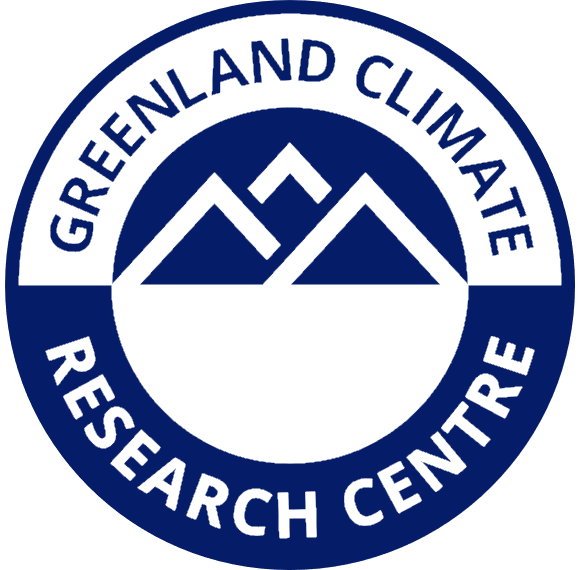Archived Biogeography and Biodiversity

Micro-plankton living in the ocean surface is the foundation of marine food web. Marine algae, such as diatoms or dinoflagellates, show specific preferences to environmental conditions. Some species live under the sea ice, some inhabit fresh waters from the Greenland Ice Sheet, while others are transported by oceanic currents. They are also made of thick skeletons, which preserve as microfossils in sediments at the ocean floor. This makes them the perfect proxy for reconstructing past conditions, such as surface water temperature, salinity, and sea ice cover, using marine sedimentary records (long sediment cores).
We have collected a large dataset of marine sediments across the Baffin Bay and the Labrador Sea and processed them for taxonomic analyses of biogenic remains (microfossils) of diatoms and dinoflagellates, as well as metagenomic, biomolecular and isotope analyses to provide a modern reference database for calibrating such reconstructions. This database also includes satellite-derived environmental data of surface water conditions for corresponding sediment locations for accurate, quantitative reconstructions of past marine environments using transfer function technique. Our database can be used for sediment cores collected in any location across the Baffin Bay and Labrador Sea, covering a time scale of thousands of years. We are a member of a large ‘Marine Arctic Diatoms’ working group composed of Arctic-affiliated research institutions and intend to integrate various datasets like ours for an open-access Pan-Arctic dataset.



